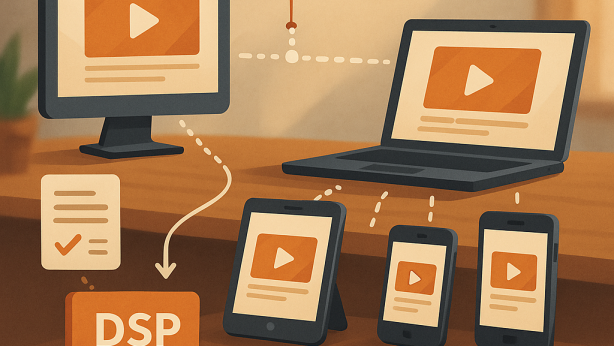SAVING QUBITS BY OPTIMIZING ONE-HOT ENCODING GRANULARITY, RANGE, AND POINT DISTRIBUTION
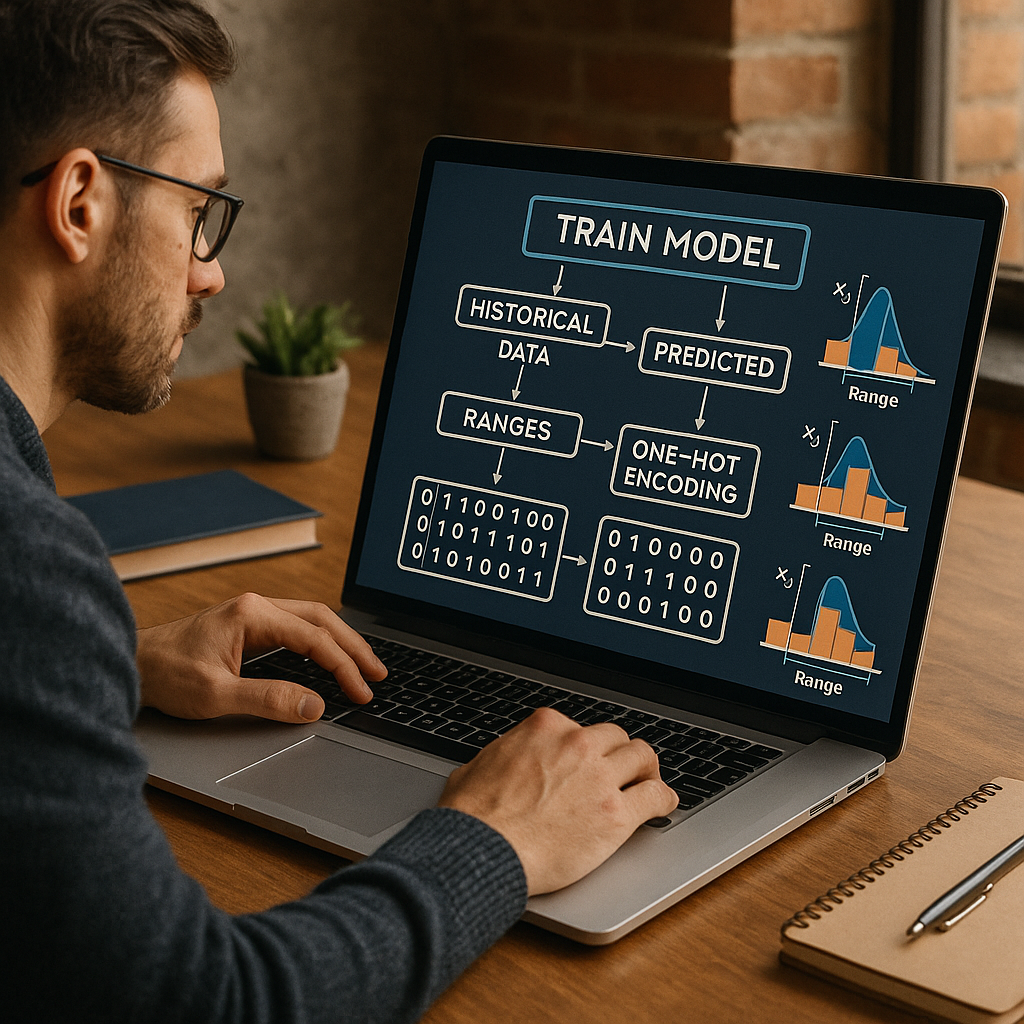
Invented by Noble; Diego Vrague, Paredes Quiñones; Miguel, Santana; Ítalo Gomes
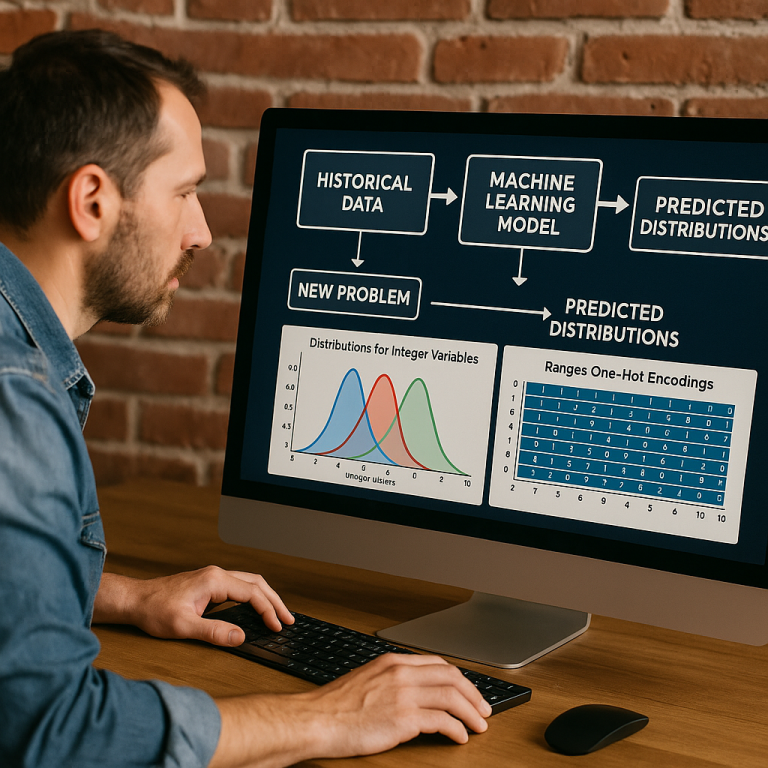
Quantum computing is an exciting field, but it faces some big challenges, especially when it comes to solving complex math problems. One challenge is how to turn these problems into a form that quantum computers, like quantum annealers, can actually work with. A new method uses machine learning to make this process smarter and faster. Let’s break down what this invention does, why it matters, and how it works, in the simplest terms possible.
Background and Market Context
Imagine you have a giant maze, and you want to find the quickest way through it. This is like many real-world problems businesses face: planning the fastest delivery routes, scheduling workers, or even finding the best way to make a product. These are called “combinatorial problems” because there are so many possible solutions that it’s almost impossible to check them all by hand or even with regular computers.
Quantum computers, and especially a type called “quantum annealers,” are being used to tackle these huge problems. They are better at searching through lots of possible answers at the same time. But there’s a catch: they need problems to be written in a special way, using only 1s and 0s—these are called “binary variables.” The most common way to write these problems for quantum computers is called the QUBO format, which stands for quadratic unconstrained binary optimization.
Turning real-world problems into QUBO format means converting numbers (called “integer variables”) into a bunch of 1s and 0s. One common method is called “one-hot encoding.” With this, each possible value of a number gets its own binary variable. For example, if a number can be anything from 0 to 100, you need 101 binary variables—one for each value. This uses up a lot of the computer’s memory, which in quantum computers means using up a lot of “qubits.” Qubits are precious and expensive, so the more you use, the smaller your problem has to be.
Businesses and researchers want to solve bigger and more useful problems with quantum computers, but they are limited by how many qubits are available. Every extra 1 or 0 used for encoding a number makes it harder to fit the whole problem into the quantum computer. If we can find a way to use fewer qubits, we can solve bigger problems and get more value from quantum hardware. That’s exactly what this new invention does: it uses machine learning to figure out which numbers are most important, so only those need to be turned into binary variables. This saves space and makes quantum computers much more useful.
As more companies look to quantum computing for an edge in logistics, finance, product design, and other areas, making the most of every available qubit becomes even more critical. The market for quantum computing is growing fast, and tools that let users solve larger or more complex problems—without needing more expensive hardware—are in high demand. This invention has the potential to help both researchers and businesses get more from their quantum investments by making problem encoding smarter, faster, and more efficient.
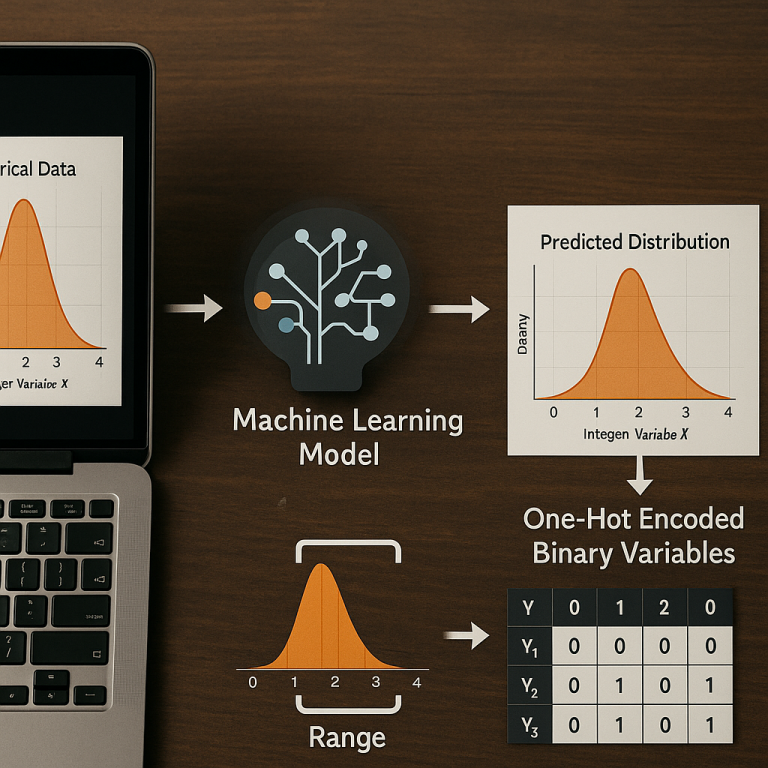
Scientific Rationale and Prior Art
Let’s look a little deeper at the science behind this invention and what came before it. When solving big math problems with quantum computers, we need to write them using only 1s and 0s. This is tricky when the numbers in the problem can have lots of possible values. As we said before, one-hot encoding gives each possible value its own binary variable, but this quickly uses up too much space.
Previous solutions tried different ways to convert numbers into binary variables. Some methods, like “log encoding,” use fewer binary variables but can be complicated to set up. One-hot encoding is simple, but it’s wasteful because it always prepares for every possible value, even if some values almost never show up in real solutions. Imagine preparing 100 seats for a party when you know only 10 people are likely to come.
Researchers noticed that when they solved many similar problems, only certain values of the numbers actually mattered. For example, maybe a delivery route never takes less than 30 minutes or more than 50 minutes, even though the problem allows for 0 to 100. If we could only prepare for the numbers that are likely to show up, we would save a lot of space.
This is where machine learning comes in. Machine learning is good at spotting patterns in past data and making predictions. If we feed a machine learning model lots of past problems and their solutions—showing which numbers were actually used—the model can learn which values are most likely to matter next time. It’s like having a smart helper who sets up only as many chairs as are actually needed, based on the guest list from past parties.
Before this invention, there were some early ideas about using statistics or simple rules to narrow down which numbers to use, but they weren’t very flexible or accurate. They might just chop off the highest and lowest numbers, or use a fixed window around the middle, missing important details. No one had created a system that uses a fully trained machine learning model to predict, for each new problem, exactly which numbers are worth encoding, based on real historical data and the unique details of the new problem.
This new approach goes a step further. It doesn’t rely on guesses or fixed rules. Instead, it learns from actual experience—data from many solved problems—and makes a custom prediction for each new problem. It can even handle tricky cases where the important numbers are not all together, or where the “spread” of likely values changes from problem to problem. This makes it much more powerful and adaptable than older methods.
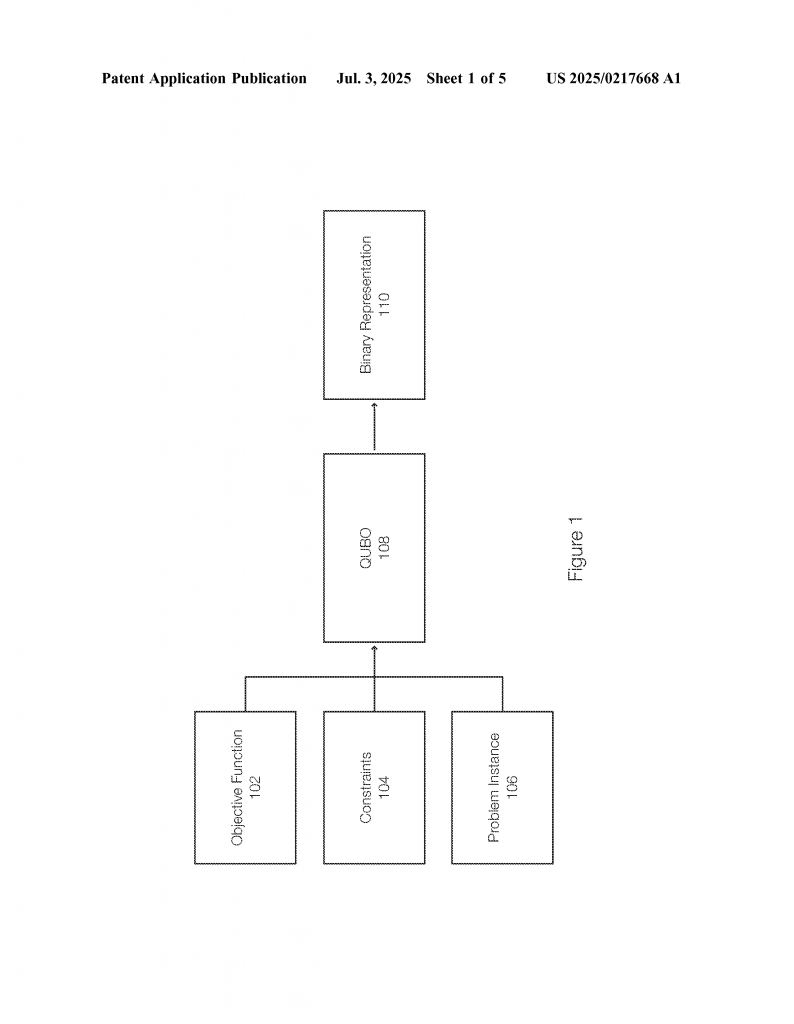
The invention also works with different kinds of quantum models, not just QUBO, and can be used with both real and simulated quantum computers. This flexibility means it can help in many different quantum computing setups, making it a valuable addition to the field.
Invention Description and Key Innovations
Let’s walk through what this invention does, step by step, in the simplest way possible.
First, the invention uses a machine learning model that has been trained on a lot of past problems. This model gets information about a new problem, like what the problem is, what kind of numbers are involved, and other details. The model then predicts which values for each number (integer variable) are most likely to be needed in the final answer.
For each integer variable—for example, a number that could be any value from 0 to 100—the model looks at what happened in the past with similar problems. It might see that, in almost all cases, only numbers between 30 and 50 showed up in the answers. The model predicts a “distribution”—a fancy word for a map showing which numbers are likely to be used. This distribution is often a bell-shaped curve (called a Gaussian), but it could be other shapes if the data fits better.
Once the model makes its prediction, the system picks a smaller range of values to focus on. Instead of preparing a binary variable for every single number from 0 to 100, it might only prepare for 30 to 50—or whatever range the model says is most likely. If the model isn’t sure, it can make the range bigger. If it’s very confident, it can make the range smaller. This choice can be “fine-tuned” based on how much precision is needed and how many qubits are available.
Next, the system uses one-hot encoding, but only for the numbers in this smaller, smarter range. Each possible value in the chosen range gets its own binary variable. If the range is 30 to 50, that’s only 21 binary variables instead of 101. This is a huge savings, letting bigger or more complex problems fit into the same quantum computer.
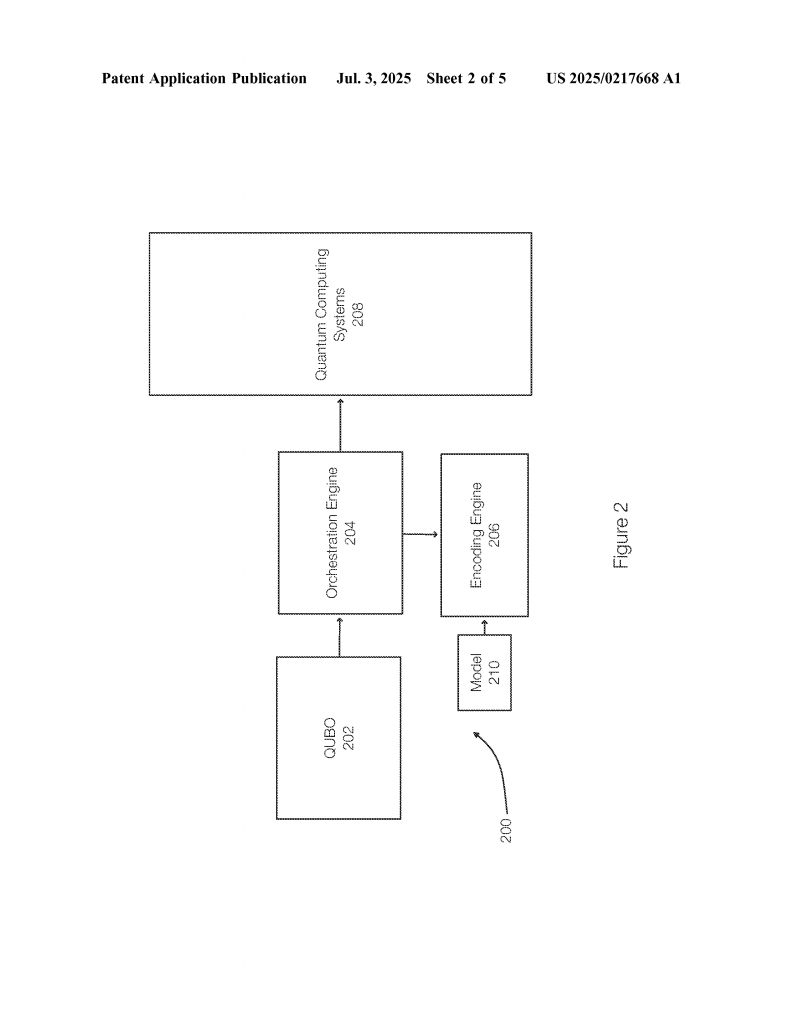
If the problem has several integer variables, the system does the same thing for each one, predicting which values are most important and only encoding those. The system can even handle odd cases—like if only odd numbers matter, or if the important values are scattered.
After encoding, the problem is ready to be sent to a quantum annealer or other quantum system. The smaller, focused encoding means fewer qubits are used, so the quantum computer can handle more variables or more detailed problems.
Here’s what makes this invention really stand out:
It uses real machine learning, trained on past problem data, to make smart predictions for each new problem. It doesn’t rely on fixed rules or wild guesses. It adapts to the details of each problem—if a problem is very different, the model adjusts the range it picks. It works with many types of quantum models and machines. It saves precious quantum resources (qubits), letting users solve bigger and better problems. It can be fine-tuned, balancing between using fewer qubits and keeping enough detail in the problem. And it works quietly in the background—the user doesn’t need to know all the details. The system just produces smaller, more efficient encodings automatically.
From a technical point of view, the process goes like this:
1. The system receives a new problem (for example, a QUBO problem).
2. It gathers details about the problem, like the number of integer variables, their ranges, and other features (mean, median, min, max, etc.).
3. It sends these details to the trained machine learning model.
4. The model predicts, for each integer variable, which values are most likely to be important.
5. The system picks a range (or set of values) for each variable based on these predictions.
6. One-hot encoding is applied only to these focused ranges.
7. The encoded problem is sent to the quantum computer for solving.
8. The results come back, and the user gets their answer, having used fewer qubits than before.
This process can be adjusted based on how many qubits are available, how precise the answer needs to be, or how much risk the user is willing to take in possibly missing a rare but important value. The system can expand the range if there’s doubt, or shrink it if saving qubits is most important.
The invention also works for systems where the problem and solution data are stored in the cloud or across different machines. It can be integrated into existing quantum computing workflows, making it useful for both research and commercial use.
On the technical side, the invention covers not just the method but also systems and storage media (like special software or firmware) that carry out the steps. This means the invention can be built into many kinds of devices, from cloud-based servers to special-purpose quantum computing hardware.
By making problem encoding smarter and more efficient, this invention makes quantum computing more practical and powerful for everyone—from scientists to businesses to everyday users.
Conclusion
Quantum computing is opening new doors for solving some of the world’s hardest problems, but packing these problems into quantum computers has always been a struggle because of limited resources. This invention changes the game by using machine learning to focus only on what matters, saving precious qubits and allowing bigger, more useful problems to be solved. It’s a smart, adaptive, and easy-to-use solution that can help quantum computing reach its full potential. As quantum technology keeps moving forward, inventions like this will help make sure we get the most out of every qubit and every problem we want to solve.
Click here https://ppubs.uspto.gov/pubwebapp/ and search 20250217668.
